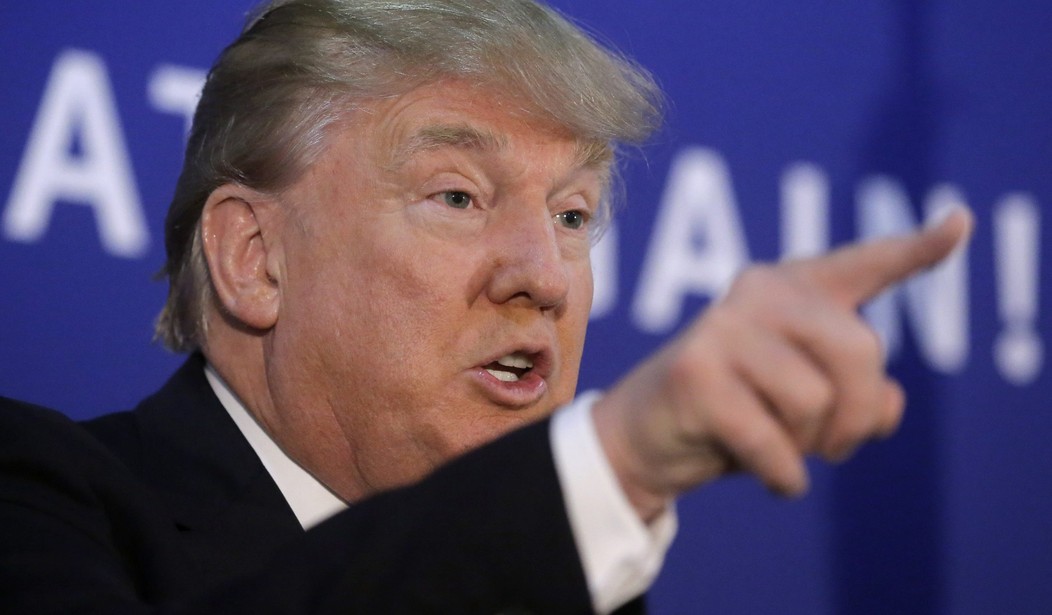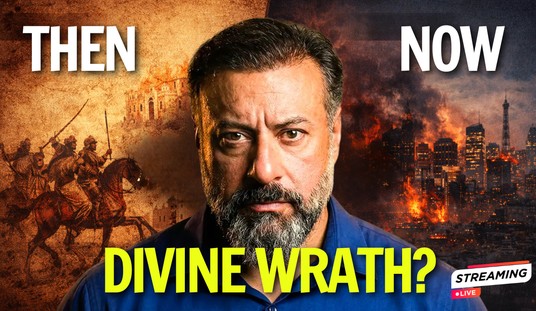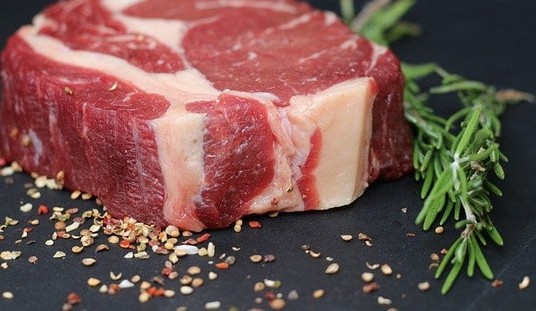Buffoon. Blowhard. Bully. Media outlets have used all these words and more to describe billionaire media mogul Donald J. Trump. In fact, he’s probably been called more “b” words than Carly Fiorina. But is it possible that he is playing them? Instead of destroying his campaign, Trump’s negative media coverage has inflated his poll numbers and kept him above the rest of the Republican pack.
It comes as no surprise that Trump is receiving more media coverage than his poll numbers deserve. Journalists love to mock him, Democrats view him as an asset in attacking the GOP, and Americans love to see his caricatures on Saturday Night Live. Reporters know that the fastest way to get attention — or “clicks” as we say in the trade — is to put Trump in the headline.
This constant attention only props up Trump’s poll numbers, according to an analysis by polling expert Nate Silver at FiveThirtyEight.
Trump’s Media Bubble by the Numbers
According to Silver’s analysis, Trump alone has received 54 percent of headlines in news stories in the 2016 Republican primary, far more than any other candidate. The runner-up, former Florida Governor Jeb Bush, has only garnered 8 percent, which translates to Trump receiving over 6 times more media coverage than Bush.
In most presidential primaries, there has been a one-to-one correspondence between a candidate’s share of media coverage and his share of the polls. If a candidate got 30 percent in the national polls, he usually received 30 percent of direct media coverage. Some candidates have dominated media coverage in the past, but they usually enjoyed a much greater polling lead than Donald Trump.
In the last six months of 2015, Trump hit a 28 percent average in national polls — 32 percent, excluding undecided voters and candidates who have quit the race. Even considering this higher number, Trump’s media coverage (54 percent) still runs ahead of his poll averages by 22 percent.
The overwhelming majority of Republican voters remain undecided, and have a favorable impression of many different candidates. Trump has led in polls when voters pick their first choice, but his net favorability ratings are only in the middle of the pack. As Silver explains, Trump is “converting an unusually high percentage of potential supporters into people who list him as their first choice.”
It fits many narratives — on both the left and the right — to claim that Trump excites voters more than other candidates do, and it definitely is true to some extent. The media mogul has also impressively distanced himself from the other candidates. Nevertheless, his support has another explanation — excessive media coverage. He may come up first in voters’ minds because of the way he has dominated news coverage of this race.
Quantifying Trump’s Support From the Media Bubble
Silver developed a model of this phenomenon, by plotting each Republican candidate’s share of media coverage since July against that candidate’s average net favorability rating among GOP voters (net favorability is the percentage of Republicans who view the candidate positively minus the percentage who view him negatively). These two measures predict a candidate’s poll numbers almost perfectly.
Neurosurgeon Ben Carson, for example, received a favorability rating of 61 percent among Republican voters, despite his measly 7 percent of media coverage. Silver’s model predicted he would receive 10 percent in the polls, and his actual average was 14 percent.
Republican Senators Marco Rubio and Ted Cruz also fit this model. Rubio’s 61 percent net favorability and 4 percent media coverage predicted a 9 percent poll number — only one more than his 8 percent average. Cruz’s 49 percent net favorability and 5 percent media coverage predicted an 8 percent poll finish — exactly his average during that time.
The model works perfectly for Trump. Despite his smaller 28 percent net favorability, Trump has received 54 percent media coverage, and a 28 percent poll showing, which is exactly what Silver’s model predicted.
Silver’s analysis provides a sort of proof that Trump’s media coverage is inflating his poll numbers. As Silver notes, “a candidate can potentially gain in the polls in the short term by increasing his media coverage, even if he potentially hurts his favorability rating. Trump seems to realize this.”
In the month of December, Trump received a whopping 70 percent of media headlines, even higher than his long-term average of 54 percent. This extra media attention is worth about 8 percent in the polls, according to Silver’s analysis, and that number is close to the amount his poll numbers have shot up in the past month — putting him in the mid-30s instead of the high 20s.
As The Washington Post’s Paul Schwartzman and Jenna Johnson explain, the thunderstorm of Trump’s statements is not chaos, but the media mogul’s campaign strategy.
“While it may seem like a lurching, chaotic campaign, Trump is, for the most part, a disciplined and methodical candidate,” the Post writers explain. The media mogul tests his messages in real-time, tailoring his words to his audience. If the audience boos or is slower to laugh, he changes the subject. Trump also has an astounding consistency in his presentation — using the same words and the same types of attacks (“low-energy”) in different settings.
In these ways, Trump has played directly to the media’s obsession with his campaign, keeping the cycle going even as journalists tire of reporting on his antics.
Will It Work?
The success or failure of Trump’s media strategy is painfully hard to predict, according to Silver’s analysis. “A higher share of media coverage is correlated with a higher error in predicting a candidate’s eventual vote share,” the pollster noted. If Trump continues to dominate the media, the poll bubble may translate into a vote bubble. But it could burst just as easily.
Ted Cruz is surging in Iowa, and if the Texas Senator bests the media mogul in that first voting state, the result may be devastating for Trump’s support. Trump’s most consistent theme is that he is a winner, while the other candidates are each losers. If Trump loses the very first primary, will that weaken his narrative?
One fascinating question is whether Trump’s supporters will show up at the polls. As The New Yorker’s John Cassidy explains, “Many of Trump’s supporters are disaffected folks who are only marginally attached to the political process, (so) a good number of them won’t show up at the voting booths.” In polls that screen for likely primary voters, Trump tends to get smaller percentages of the vote. In the recent Des Moines Register/Bloomberg survey, which used tighter screening than other polls, Trump trailed Cruz by ten points.
On the contrary, however, polls may be understating Trump’s lead. In some state primaries, voters do not need to have registered previously as Republican. In Iowa, they can register on the night of the caucus. In appealing to people who did not previously vote, Trump’s campaign could expand the Republican electorate in a manner which pollsters cannot predict.
The irony of a journalist featuring Trump in his headline while noting that journalists doing exactly that may be giving the mogul a political boost is not lost on me. But, if the media is so intent on stopping Donald Trump’s success, their best bet is to cover him less — or just stop breathlessly searching for every angle on any Trump story. If journalists truly consider his candidacy revolting, they should refrain from giving him the coverage which artificially boosts his poll numbers.









Join the conversation as a VIP Member